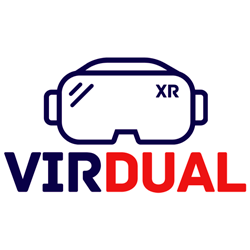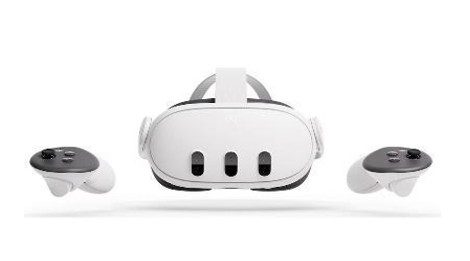Main ideas
- This Course aims to improve the competence of Vocational Education and Training (VET) teachers and in-company trainers to use innovative methods and content to enhance work readiness skills and training.
- To this end, we will focus on how Work-Based Learning (WBL) can contribute to the development of work readiness skills through the application of Extended Reality (XR) and its innovative methodologies and content to ensure optimal work-based learning and facilitate the understanding of complicated topics.
- Developing competencies in XR technology requires a combination of technical knowledge, design principles and collaboration skills, along with a keen awareness of ethical considerations. As XR technology continues to evolve, it is essential to keep abreast of the latest trends and developments in the field.
- Central to this will be the design of effective XR environments in vocational training that ensure that the educational experience is immersive, interactive and meets the learning objectives. And for XR environments to be effective, the approach must be both technical and pedagogical.
Aims
- Apply XR technologies in WBL contexts as a powerful tool for innovation and success in vocational training.
- Relate work-based learning (WBL) to the development of work readiness skills.
- Develop practical skills for the design, development and implementation of RX environments using specific tools and platforms.
- Identify and apply XR use cases in different professional sectors (education, industry, medicine, etc.).
- Understand the fundamental concepts of virtual reality (VR), augmented reality (AR) and mixed reality (MR).
- Develop collaborative XR projects that integrate technical and creative skills.
Course structure
For ease of understanding, this course has been divided into 3 sections:
- In section 1 students explore the importance of designing effective XR environments for VET, and the need to combine technical and pedagogical aspects to acquire key competences in an immersive and practical way.
- Section 2 guides students through the development of effective XR environment design, which involves not only the creation of immersive simulations, but also the customisation of these experiences to suit different types of users and educational objectives. To this end, real-world examples are explored, and best practices related to each XR environment are applied in VET.
- Section 3 provides practical tips for applying the content of the course in daily practice, offering learners advice and recommendations for effectively integrating these skills and knowledge through immersive educational experiences in XR environments, which are transforming VET and the acquisition of professional competences.
Course Features
- Lectures 24
- Quizzes 3
- Duration 10 weeks
- Skill level All levels
- Language English
- Students 1
- Certificate No
- Assessments Self
Curriculum
- 4 Sections
- 24 Lessons
- 10 Weeks
Expand all sectionsCollapse all sections
- A. Designing effective XR environments for competence acquisition8
- B. Customising XR Environments8
- 2.1Objectives
- 2.2Introduction to Personalisation in XR
- 2.3Pedagogical Foundations for XR Personalisation
- 2.4Technology Tools for XR customisation
- 2.5Customisation of XR Activities
- 2.6Assessing Learning in Personalised XR Environments
- 2.7Final Project: Designing a Customised XR Environment
- 2.8Test Section B10 Minutes6 Questions
- C. Immersive Educational Experiences9
- 3.1Objectives
- 3.2Introduction to XR Educational Experiences
- 3.3Designing Immersive Educational Experiences
- 3.4Tools to Create and Customise XR Environments
- 3.5Integrating XR Experiences in the Classroom
- 3.6Assessing Learning in XR environments
- 3.7Final Project: Creating an XR Educational Experience
- 3.8Implementation of XR in everyday life. Real cases
- 3.9Test Section C10 Minutes6 Questions
- D. To Know more2





